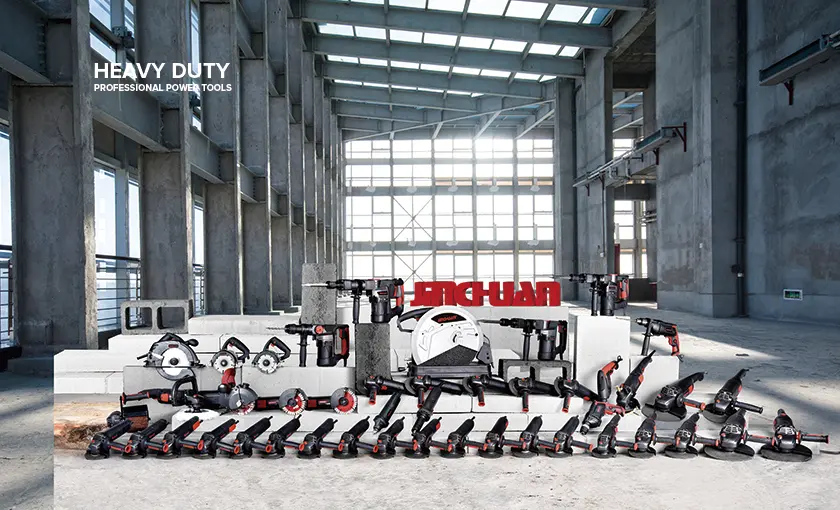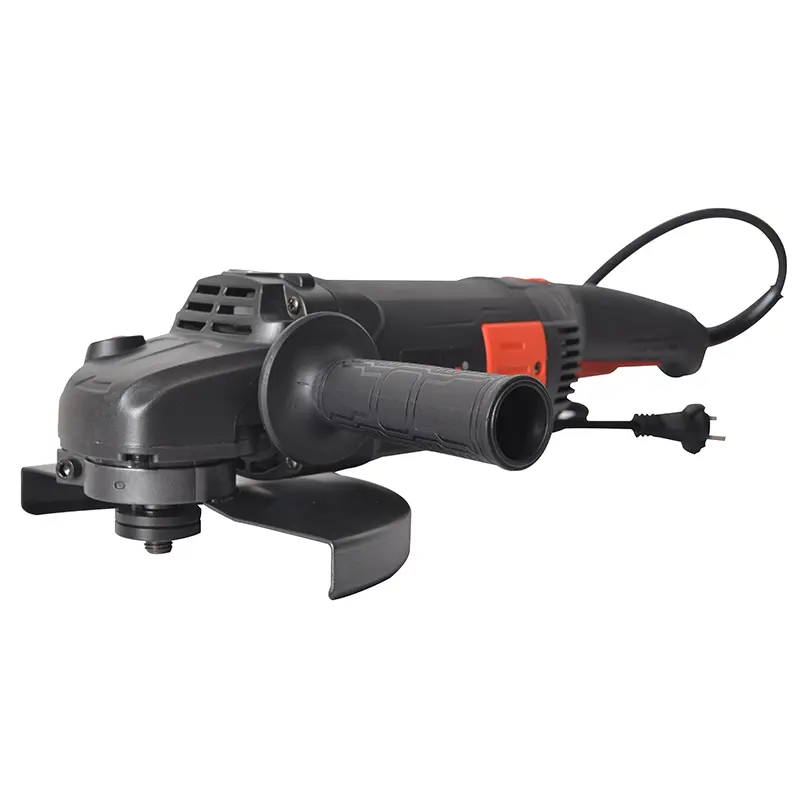The core performance and durability of a jaw crusher largely depend on a “strong heart” – the jaw plate. As a key wearing part that directly contacts the material and performs the crushing task, choosing the appropriate jaw plate is crucial for optimizing the crushing efficiency, controlling long-term operating costs and ensuring the stable operation of the equipment. However, in the face of numerous options on the market, how can you ensure that the most suitable jaw plate is equipped for your specific crusher model? This guide will provide you with a clear and practical selection framework.
Understanding the cornerstone of matching: Model data is everything
The first and most uncompromising principle for choosing a jaw plate is to precisely match your crusher model.
When designing each jaw crusher, its structure, power and crushing cavity type are all precisely calculated. The manufacturer has specified a dedicated jaw plate model and size for each device. Using mismatched jaw plates, even if the difference is only at the millimeter level, can lead to a series of serious problems:
Installation failure or potential hazards: It cannot be installed correctly at all, or there is a risk of loosening after installation.
Equipment damage: Incorrect jaw plates can interfere with or collide with other components of the equipment (such as movable jaws and side guard plates), leading to premature damage of these critical components.
Performance decline: The ideal crushing cavity shape cannot be formed, resulting in reduced output, poor product particle shape, and abnormally increased energy consumption.
Action Guide: Before starting to search for a new jaw plate, please be sure to obtain accurate equipment information from the following channels:
Equipment nameplate: The nameplate located on the body of the crusher is the most reliable source of information, clearly marking the manufacturer of the equipment and the complete model.
Equipment Manual: The original factory operation and maintenance manual will clearly list the part numbers and specification drawings of the recommended wear parts.
The old jaw plate itself: The back or side of the old jaw plate that has been removed is usually cast with a part number or model code.
Having these accurate data is the cornerstone for your efficient and error-free purchasing.
Beyond model: Select the tooth profile of the jaw plate according to the working conditions
After determining the jaw plate model that is compatible with the physical structure of the equipment, the next step is to select the appropriate tooth profile based on your specific crushing requirements. The tooth profile design of the jaw plate directly determines the crushing efficiency and the particle size of the product.
1. Selection of tooth profile
Deep V-shaped tooth plate: Suitable for coarse crushing or primary crushing stage. Its sharp tooth shape can effectively bite into large pieces of material, providing strong splitting and bending stress, achieving a high crushing ratio, and ensuring a powerful processing capacity for large raw materials.
Shallow wavy toothed plate: More suitable for medium or fine crushing. This design can increase the extrusion area of the material, which is conducive to the production of products with more uniform particle size and better cubic shape, while reducing the phenomenon of over-powdering.
2. Selection of tooth height and spacing
High teeth and large spacing: Mainly for large pieces of feed, emphasizing crushing capacity and throughput.
Low teeth and small pitch: It focuses more on the “grinding” and “fine processing” of materials, and can produce products with finer and more controllable particle size.
Balancing materials science: Jaw Plate materials that match the characteristics of materials
The material of the jaw plate determines its wear resistance and impact life. The mainstream material options are as follows:
High manganese steel: This is the most traditional and widely used material. It has outstanding work hardening properties, that is, when subjected to strong impact and compression, the surface will become increasingly hard, thereby demonstrating excellent wear resistance. It is highly suitable for crushing high-hardness, large-sized abrasive materials such as granite and basalt.
High-chromium cast iron/alloy steel: This type of material is renowned for its high initial hardness and can effectively resist the cutting wear of materials. However, its toughness is relatively low. Therefore, it is more suitable for crushing materials with medium and low hardness and strong abrasiveness. If it is used to crush materials of extremely high hardness, it may break due to insufficient toughness.
Composite materials: Some advanced jaw plates employ composite technology, embedding harder alloy blocks in the matrix, thereby providing extraordinary wear resistance in critical wear areas and achieving a balance between lifespan and cost.
Selection logic: Your choice should be based on the characteristics of the material to be crushed. In simple terms, for high impact and high hardness, choose high manganese steel. For strong abrasion and medium to low hardness, high-chromium alloys should be selected.
Conclusion: Build your systematic selection process
Choosing jaw plates for your crusher should not be a casual decision. Please follow the following systematic process:
Step 1: Confirm the equipment model – this is the prerequisite for all the work.
Step 2: Analyze material properties – Determine the hardness, abrasiveness, feed particle size and required product particle size of the material.
Step 3: Select the tooth profile – Based on the analysis in Step 2, determine whether to prioritize the crushing force or the product particle shape.
Step 4: Determine the best material – Find the balance point between wear resistance and impact resistance that best matches your working conditions.
Through this rigorous selection process, you can not only ensure the seamless installation and stable operation of the equipment, but also maximize the crushing efficiency and significantly extend the service life of the jaw plates, thereby enhancing your overall return on investment. Precise matching is the only way to achieve efficient and economical crushing operations.
Post time: Nov-10-2025


